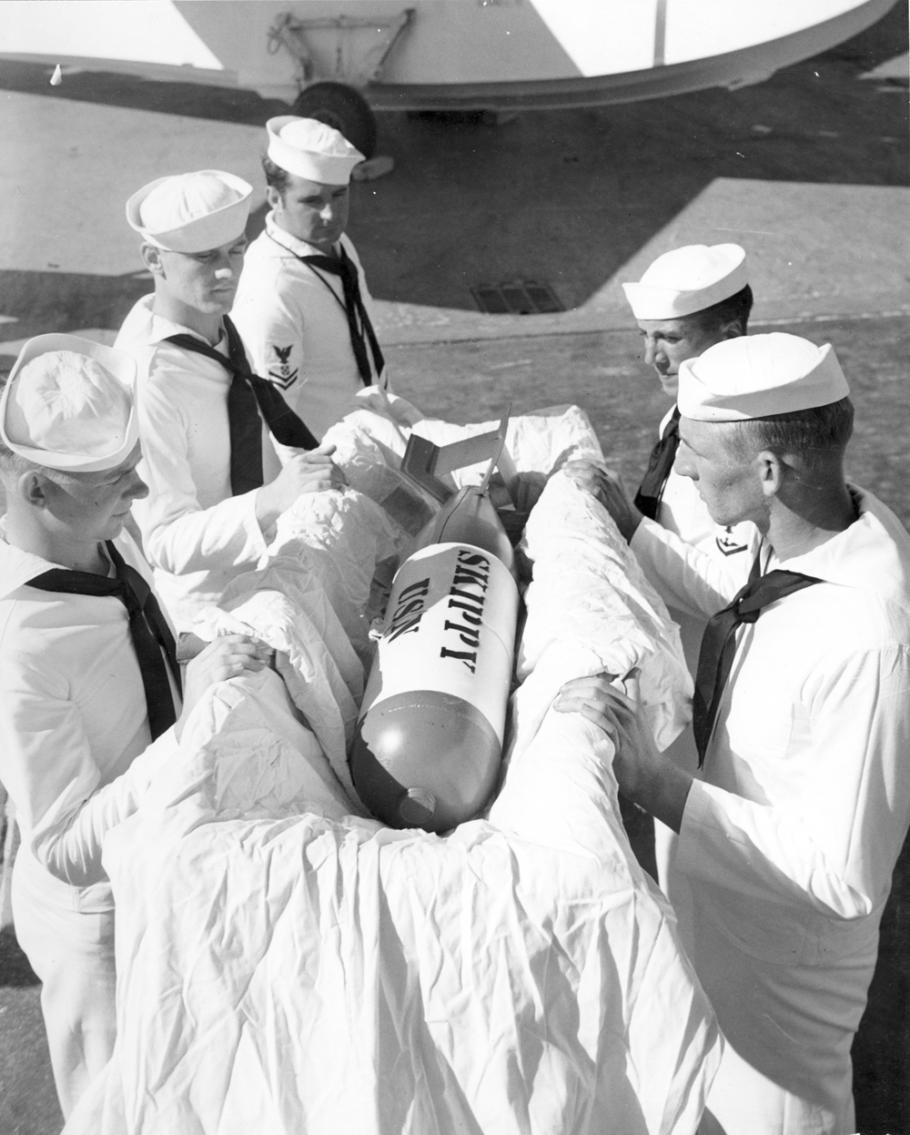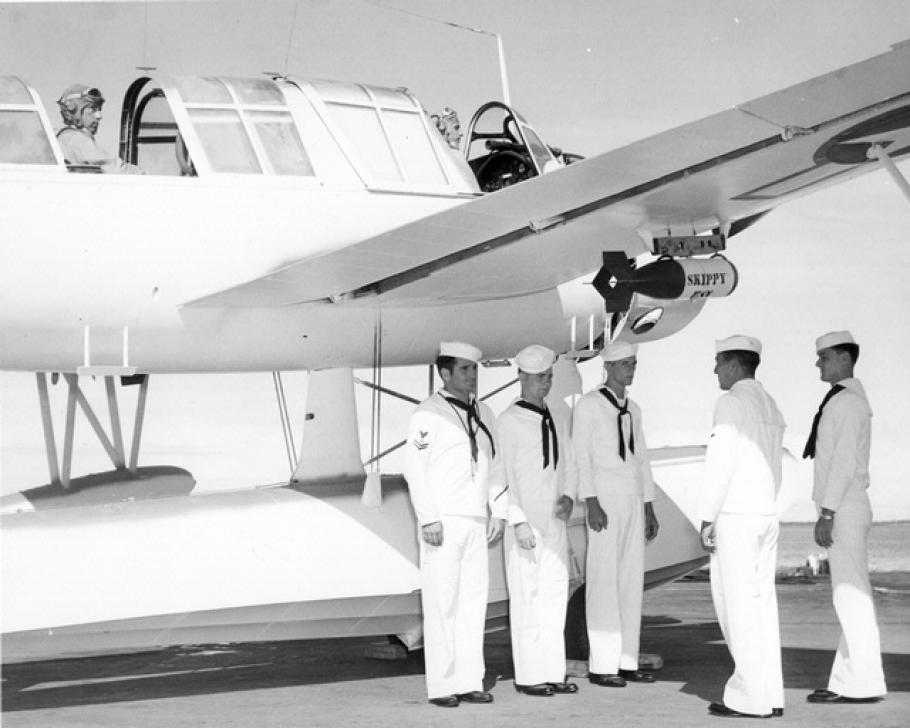It is hard to imagine how one can find anything amongst the thousands of photographs located at the National Archives in College Park, Maryland. In many cases, these are buried deep within a box containing hundreds that have no relation whatsoever to your topic. These expeditions, however, can sometimes offer up hidden gems. While hunting for images of navigators in World War II, a series appeared which, although completely distant from my topic, still grabbed my attention. They were pictures of a military funeral. These pictures were unique, however, because they were not showing the solemn burial of a soldier, airmen, or sailor; they were showing the burial of a unit mascot. In times of war, men and women who face horrors and bloodshed on a daily basis often take refuge in the simple joys of life. Throughout history, military units have often adopted animal mascots as a way to escape war, even if for just a few moments. These animals were typically pets cared for by a unit, offering comfort and joy. These animal mascots usually became an important part of a combat unit and were treated with reverence and respect as a member of the unit, just as any of their human counterparts. The images below show just how much respect some military units would show towards their mascots.
"Skippy”, whose identity has been lost to the annals of time, was the mascot of Hedron 12, or Headquarters Squadron 12. Hedron 12 was stationed at the naval air station (NAS) in Banana River, Florida, which served during the Battle of the Atlantic as a base for Martin PBM Mariners of VP-201 to use while patrolling for German U-boats off the Florida coast. Upon Skippy’s demise in September of 1943, the squadron saw it fit to take a moment in order to offer a proper funeral for their mascot. The entire unit stood at attention while Skippy was placed in an empty bomb casing, or “embombed” as described in the pictures. The casing was then attached to the wing of a Vought OS2U Kingfisher. The OS2U Kingfisher was a sea plane used for offshore patrol at the NAS Banana River during the war. After attached, Skippy was sent off with a final salute by the men of Hedron 12 to be dropped at sea. Although offering no military significance, Skippy played an important role in the lives of the men of Hedron 12; important enough to be laid to rest with honor.
For more information on animal mascots and their connection to flight, make sure to read Animals Aloft, by Allan Janus. A video program based on the book premieres December 13 on the Smithsonian Channel.


